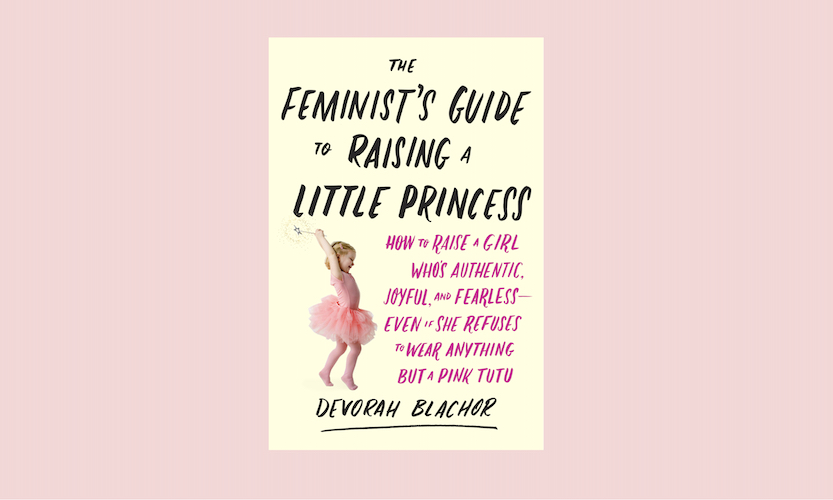I was born into the world of The Sound of Music and Mary Poppins. I spent my formative years imagining myself twirling around in a long skirt with a pinafore standing on a hill or snapping my fingers at the toys in my messy bedroom, believing they would miraculously hop into place. The truth is, I never really grew out of this stage. Julie Andrews was my heroine and, I freely admit, still is today. “I Have Confidence” is my all-time favorite song and I can still be found whirling around the living room with a straw hat on my head and a bag in my hand.
As a child, my parents took me to see Fantasia, which I hated. The sorcerer’s apprentice with the never-ending buckets of water splashing around all over the floor gave me nightmares, and the dinosaurs rearing their heads in the rain, exposing their claws, gives me the creeps to this day. Even the friendly hippo dressed in a tutu, being chased by a crocodile, had me hiding my face in my mother’s lap. My mother laughed at me, but gently. Don’t be silly, she would say, it’s just a story.
That, in fact, was exactly the point. I couldn’t appreciate something that didn’t feel real. When was the last time a hippo wore a tutu? When was the last time a broom came to life and took over the world? Even today, Paul Dukas’s famous piece in F minor, the music for “The Sorcerer’s Apprentice,” disturbs my equilibrium.
I yearned for movies about home, movies that portrayed families getting on with their lives, and strong women who overcame hardships and made other people happy. So when Devorah Blachor sent me her Little Princess survey while researching her new book, The Feminist’s Guide to Raising a Little Princess, I filled it with Julie Andrews.
I met Blachor when she lived in Jerusalem, and I have enormous respect for her as a tenacious and witty writer. Her book offers hands-on advice to today’s mothers, but it is also a candid look at her own bumpy entrance into motherhood. I wanted to help her, but what I wrote in the survey was no help, because I come from an earlier generation. Moreover, I never identified with Disney-filed Cinderella or Sleeping Beauty. As a kid, I couldn’t wait for Aurora to wake up and go back to her real life, couldn’t wait for Snow White to awaken either and for the seven dwarves to simply disappear.
I now have two grown daughters of my own, and yes I raised them on Disney movie characters: Mulan, Princess Jasmine — hey, my eldest daughter is even named Jasmine, but not thanks to the movie, but because my partner and I, living in Israel, looked for a name that is used widely across the Middle East, regardless of religion or cultural identity; a shared name.
My partner and I fancied ourselves good feminists, and when Jasmine was born we made a point of not dressing her exclusively in pink. We received plenty of pink frilly stuff when she was born, but we supplemented all those with yellow pull-ups, purple onesies, and a green and yellow jacket with a pixie hood knitted by my mother, who was much more domesticated than I will ever be. When the time came, we bought Jasmine the dolls she craved, but we also supplied her with trucks and carpentry sets, toys traditionally assigned to boys. To my astonishment, Jasmine never really played with the boy-toys. Her little hands more often than not reached for the dolls with the long blonde hair, dressed in frilly pink dresses. Blachor tells a similar story about her own daughter: “When Mari was born our house was pink and princess free. Like all good feminists, I kept our home clear of anything that looked or smelled remotely pink. We didn’t even eat cupcakes.”
Well, we did eat cupcakes in my house, but like Blachor, who was dismayed to discover her daughter had a magnetic attraction to all things princess, I was horrified by my own daughter’s preoccupation with traditionally girly stuff. I wanted to raise Jasmine to be strong and independent. Like Blachor, I was anxious not to allow my daughter to be affected by female and male stereotypes; like Blachor, I learned to let go: to guide, but not to govern.
When Jasmine was two and a half, our second daughter, Emily, was born. She inherited Jasmine’s clothes and toys but also Jasmine’s love for Disney movies. Today, my daughters are strong, beautiful women (in that order) who still adore singing Julie Andrews’s “I Have Confidence” and “A Spoonful of Sugar.” They know literally hundreds of Disney songs by heart, including “I’ll Make a Man Out of You” from Mulan, and that’s okay, it really is. Once that song bugged the hell out of me. Today, it’s just a song we enjoy together on long drives.
Now my own Jasmine is mother to a feisty little toddler named Daphne, who eats porridge off a pink spoon and who wears mostly pink clothes, many of them purchased by yours truly. Pink, as Blachor notes in her book, is just a color, and does not define who our children are or how we raise them.


